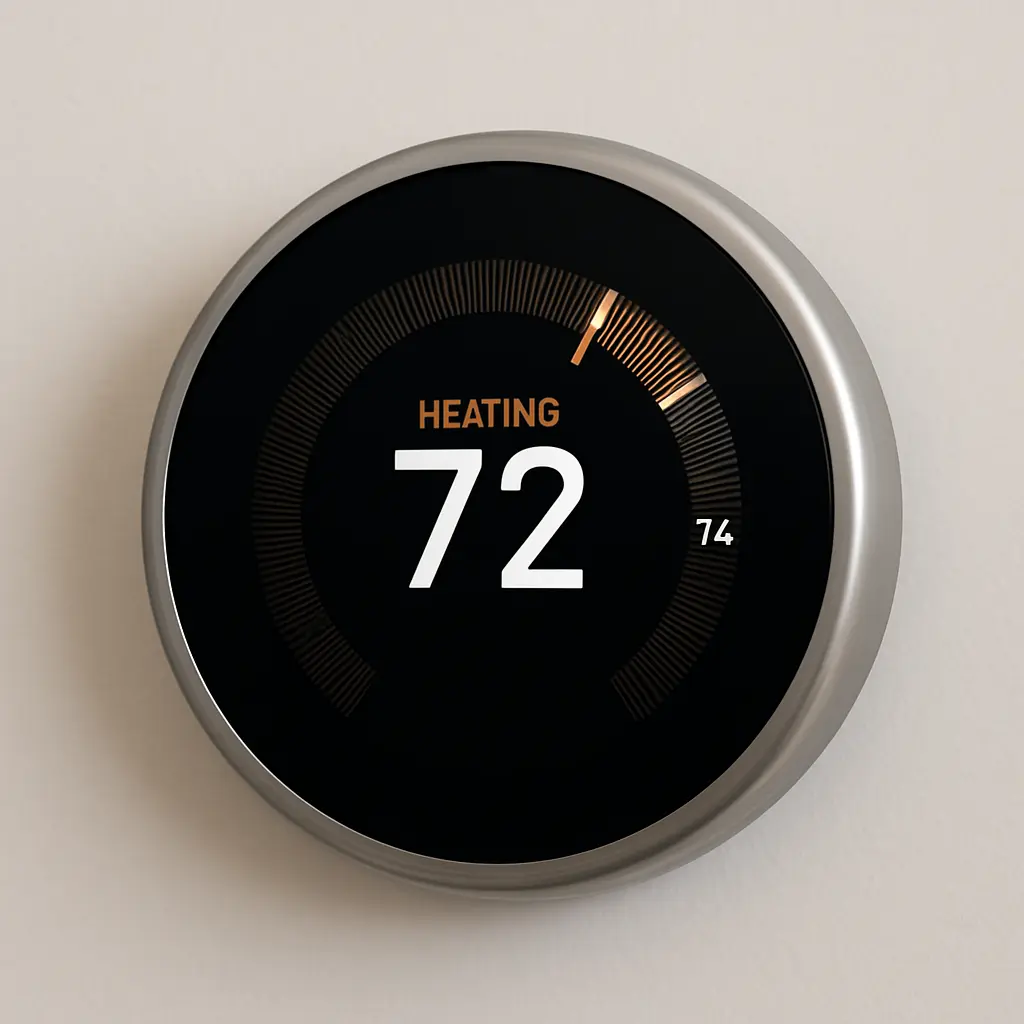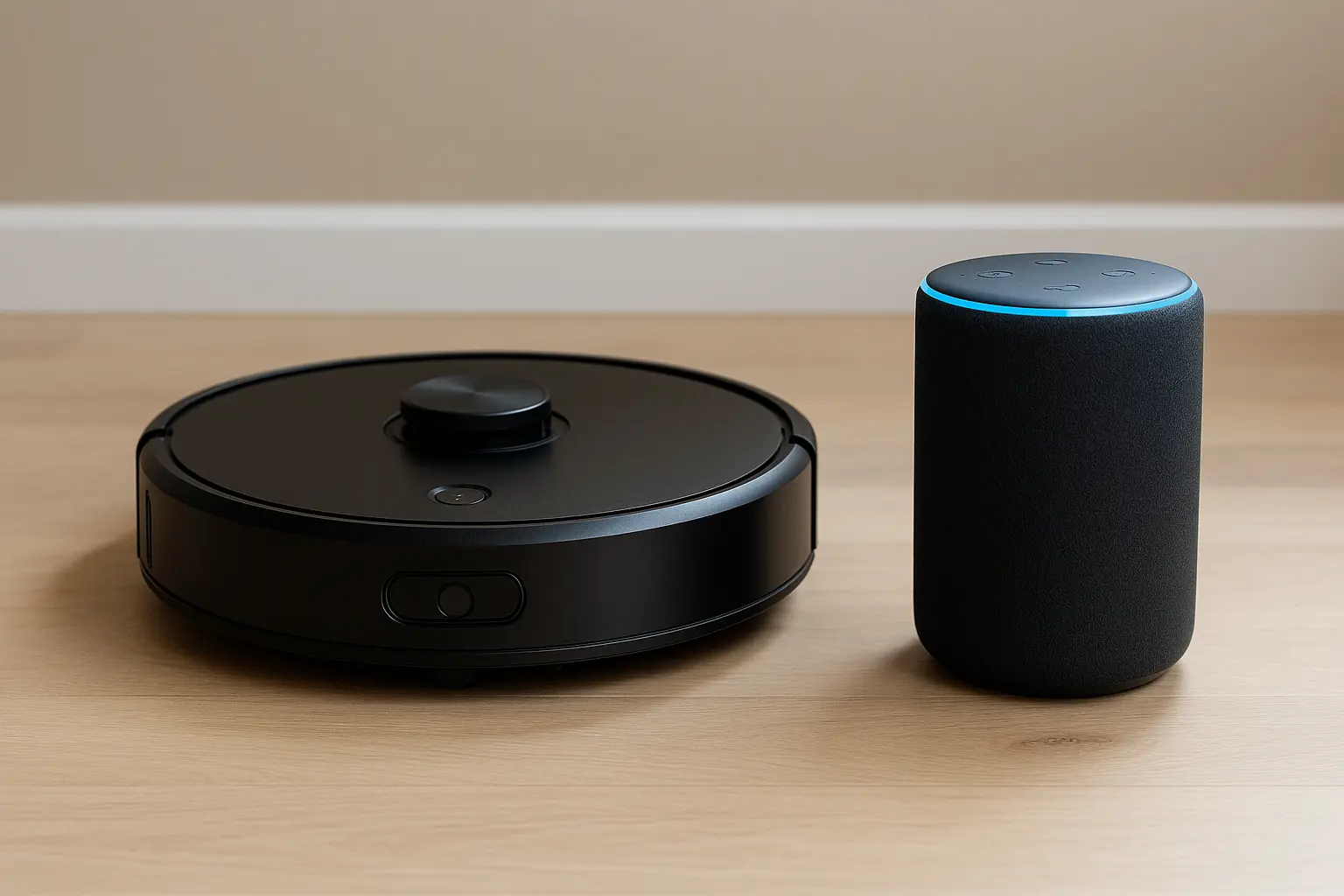Gaming, Streaming, Smart Homes – Wi-Fi 7 Unlocks Them All
Contents
- 1 🔑 Introduction: The Wireless Revolution Has Arrived
- 2 🎮 1. Gaming Like Never Before: Latency Down, Speed Up
- 3 🎧 2. Streaming in 4K/8K With Zero Buffering
- 4 🏠 3. Smart Homes That Work Seamlessly
- 5 ⚖️ 4. Wi-Fi 7 vs Wi-Fi 6E – Quick Comparison Table
- 6 🔌 5. Key Features That Set Wi-Fi 7 Apart
- 7 🛎️ 6. Best Wi-Fi 7 Routers You Can Buy Now
- 8 🚀 7. Devices That Already Support Wi-Fi 7
- 9 🚪 8. Should You Upgrade to Wi-Fi 7 in 2025?
- 10 🔎 TL;DR
- 11 You Might Like
- 12 ❓ Frequently Asked Questions
🔑 Introduction: The Wireless Revolution Has Arrived
Imagine flawless 4K game streaming, lag-free online matches, and a smart home where every gadget syncs in perfect harmony. That’s not the future—it’s Wi-Fi 7, and it’s already rolling out in 2025.
Wi-Fi 7 (IEEE 802.11be) is the latest leap in wireless technology, offering speeds up to 46 Gbps, ultra-low latency, and a new feature called Multi-Link Operation (MLO) that allows simultaneous connections across different frequency bands. It’s not just faster Wi-Fi—it’s a foundational upgrade for the digital lifestyle of today and tomorrow.
If you’ve been struggling with buffering during 8K streams, latency spikes while gaming, or a smart home network that just can’t keep up, Wi-Fi 7 might be the upgrade that changes everything. This guide breaks down what Wi-Fi 7 really delivers, how it compares to Wi-Fi 6E, and what routers and devices are ready to take advantage of it.
🎮 1. Gaming Like Never Before: Latency Down, Speed Up
Why it matters: Competitive and cloud gamers need ultra-reliable and ultra-fast connections. Even milliseconds of delay can mean the difference between victory and defeat.
Wi-Fi 7 advantages:
- Latency as low as 2 ms
- Multi-Link Operation (MLO) reduces lag by using multiple frequency bands
- Wider 320 MHz channels and 4K QAM enable higher throughput
Real-world result: Online FPS games like Valorant and Call of Duty: Warzone feel more responsive, and lag-induced rage quits? Almost extinct.
🏡 Case Study: Jake the Competitive Gamer
Jake plays Valorant daily on his gaming laptop. After upgrading to a Wi-Fi 7 router and a laptop with a compatible chipset, his ping dropped from 18 ms to 4 ms. Now, he lands headshots faster than ever.
🎧 2. Streaming in 4K/8K With Zero Buffering
Why it matters: The demand for high-resolution video is exploding. Households now stream multiple 4K shows simultaneously, and even 8K content is becoming more mainstream.
Wi-Fi 7 benefits:
- 46 Gbps maximum theoretical throughput
- Smoother 4K/8K video across multiple screens
- Enhanced support for Wi-Fi multicast and broadcast
Real-world result: Whether you’re binging Netflix, YouTube, or watching live sports in 8K, streams load instantly and play smoothly.
🏠 Case Study: Lisa the Movie Buff
Lisa lives in a family of five—each with their own 4K screen. After switching to a Wi-Fi 7 mesh system, all family members could stream in 4K without a single buffer or stutter.
🏠 3. Smart Homes That Work Seamlessly
Why it matters: A modern smart home can easily have 30–50 connected devices, creating congestion and delays in response times.
Wi-Fi 7 solutions:
- Supports hundreds of connected devices simultaneously
- More stable connections and reduced interference
- Prioritization of critical smart devices (e.g., security cams, locks)
Real-world result: Alexa responds instantly, smart bulbs don’t lag, and home surveillance feeds stay online with zero interruptions.
🏡 Case Study: Sarah the Smart Home Enthusiast
Sarah has over 40 smart devices from lights to thermostats to sensors. Since upgrading to Wi-Fi 7, her home automation system runs smoother than ever, with near-instant commands.
⚖️ 4. Wi-Fi 7 vs Wi-Fi 6E – Quick Comparison Table
| Feature | Wi-Fi 6E | Wi-Fi 7 |
|---|---|---|
| Max Speed | ≈9.6 Gbps | Up to 46 Gbps |
| Channel Width | 160 MHz | 320 MHz |
| Latency | ~10 ms | As low as 2 ms |
| Multi-Link Operation | No | Yes |
| 4K QAM | No | Yes |
| Device Efficiency | High | Very High |
🔌 5. Key Features That Set Wi-Fi 7 Apart
| Feature | What It Does |
|---|---|
| 320 MHz Channel Width | Doubles the bandwidth of Wi-Fi 6E |
| 16×16 MU-MIMO | More spatial streams for more devices |
| 4K QAM | Increases throughput by 20% over 1024-QAM |
| Multi-Link Operation | Connects to multiple bands at once for stability |
| Improved OFDMA | Makes communication with many devices smoother |
🛎️ 6. Best Wi-Fi 7 Routers You Can Buy Now
| Router | Max Speed | Ideal For | Price (USD) |
|---|---|---|---|
| ASUS ROG Rapture GT-BE98 | Up to 25 Gbps | Gaming | $699 |
| Netgear Nighthawk RS700S | Up to 19 Gbps | Smart Homes | $599 |
| TP-Link Archer BE800 | Up to 19 Gbps | Streaming | $499 |
| Linksys Velop Pro 7 (3-Pack) | Mesh System | Whole-Home Coverage | $699 |
🚀 7. Devices That Already Support Wi-Fi 7
| Device | Category |
|---|---|
| Samsung Galaxy S24 Ultra | Smartphone |
| OnePlus 12 | Smartphone |
| Xiaomi 14 Pro | Smartphone |
| ASUS ROG Strix Scar 17 (2025) | Gaming Laptop |
| HP Spectre x360 14 (Wi-Fi 7 variant) | Productivity Laptop |
| Galaxy Tab S9+ (2025 refresh) | Tablet |
🚪 8. Should You Upgrade to Wi-Fi 7 in 2025?
Upgrade if:
- You game online or stream in 4K/8K daily
- You use 20+ smart devices
- You’re building a smart home from scratch
Hold off if:
- You live solo and don’t need high bandwidth
- You just upgraded to Wi-Fi 6E and it works fine
🔎 TL;DR
Wi-Fi 7 is more than just faster speeds—it’s a smarter, more efficient way to handle modern digital demands. Whether you’re gaming, streaming, or running a connected home, Wi-Fi 7 delivers stability, speed, and future-proofing that older generations simply can’t match.
You Might Like
- Best Smart Home Starter Kits for Alexa 2025
- Best Budget Smart Home Starter Kits in 2025
- Best Smart Energy Meters for Home in 2025
❓ Frequently Asked Questions
Q1: What makes Wi-Fi 7 better than Wi-Fi 6E?
Wi-Fi 7 offers up to 46 Gbps speeds (vs ~9.6 Gbps on Wi-Fi 6E), lower latency, wider 320 MHz channels, and Multi-Link Operation that allows devices to connect across multiple bands at once—making it far more efficient and stable.
Q2: Can my current devices use Wi-Fi 7?
Yes, they can connect, but you won’t get the full benefits. To experience true Wi-Fi 7 performance, both your router and device must support the standard.
Q3: Do I really need Wi-Fi 7 for gaming or streaming?
If you’re a serious gamer or stream 4K/8K content regularly—or live in a home with many users and smart devices—Wi-Fi 7 can significantly reduce lag, buffering, and congestion.
Q4: Will Wi-Fi 7 improve my smart home setup?
Absolutely. Wi-Fi 7 can handle more devices simultaneously, prioritize essential traffic, and reduce interference—making it ideal for smart homes.
Q5: Is Wi-Fi 7 secure?
Yes, Wi-Fi 7 supports WPA3 security standards and inherits the advanced protections of Wi-Fi 6E while also improving overall network efficiency and reliability.
Q6: When will more devices support Wi-Fi 7?
Wi-Fi 7 is already available in flagship phones, laptops, and tablets in 2025. Expect broader adoption across TVs, routers, and smart home gadgets within the next 12–18 months.
![Stream Without Limits – Best Wi-Fi 7 Routers for Buffer-Free Entertainment [2025] 1 Four modern Wi-Fi 7 routers displayed on a dark surface with a clean blue background, highlighting their sleek design and advanced antenna configurations.](https://www.techgadgetradar.com/wp-content/uploads/2025/06/best-wifi7-routers-streaming-2025-feature-image.webp)
![Fast, Cheap & Future-Proof – Best 5G Phones Under $400 [2025 Picks] 2 Four modern 5G smartphones under $400 in 2025 displayed on wooden table with vibrant screens](https://www.techgadgetradar.com/wp-content/uploads/2025/06/best-5g-phones-under-400-2025-feature.webp)



![Type Like a Pro – Best Mechanical Keyboards for Your Mac Setup [2025] 6 MacBook connected to a compact mechanical keyboard on a wooden desk](https://www.techgadgetradar.com/wp-content/uploads/2025/06/best-mechanical-keyboard-mac-setup-2025-feature.webp)
